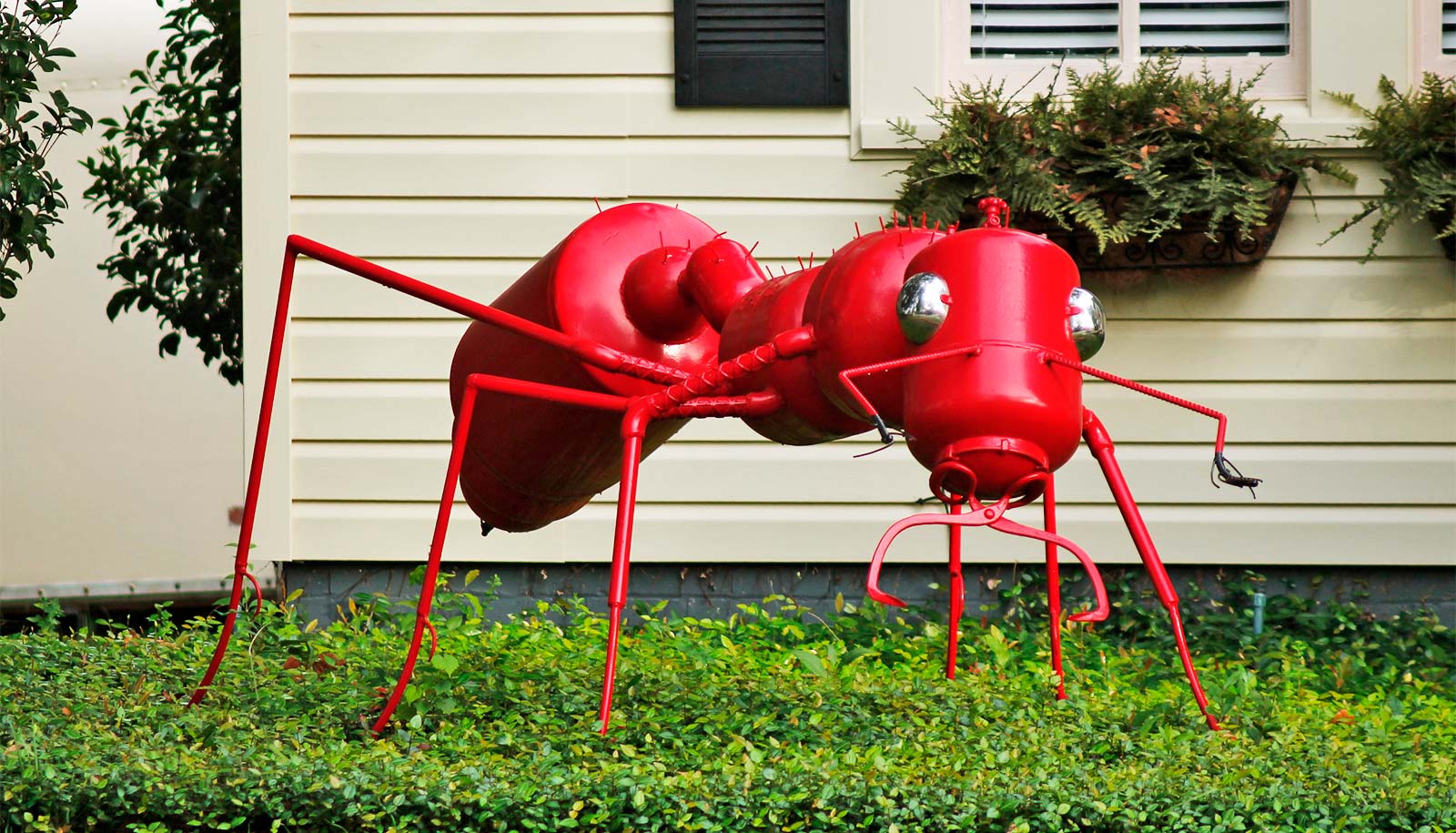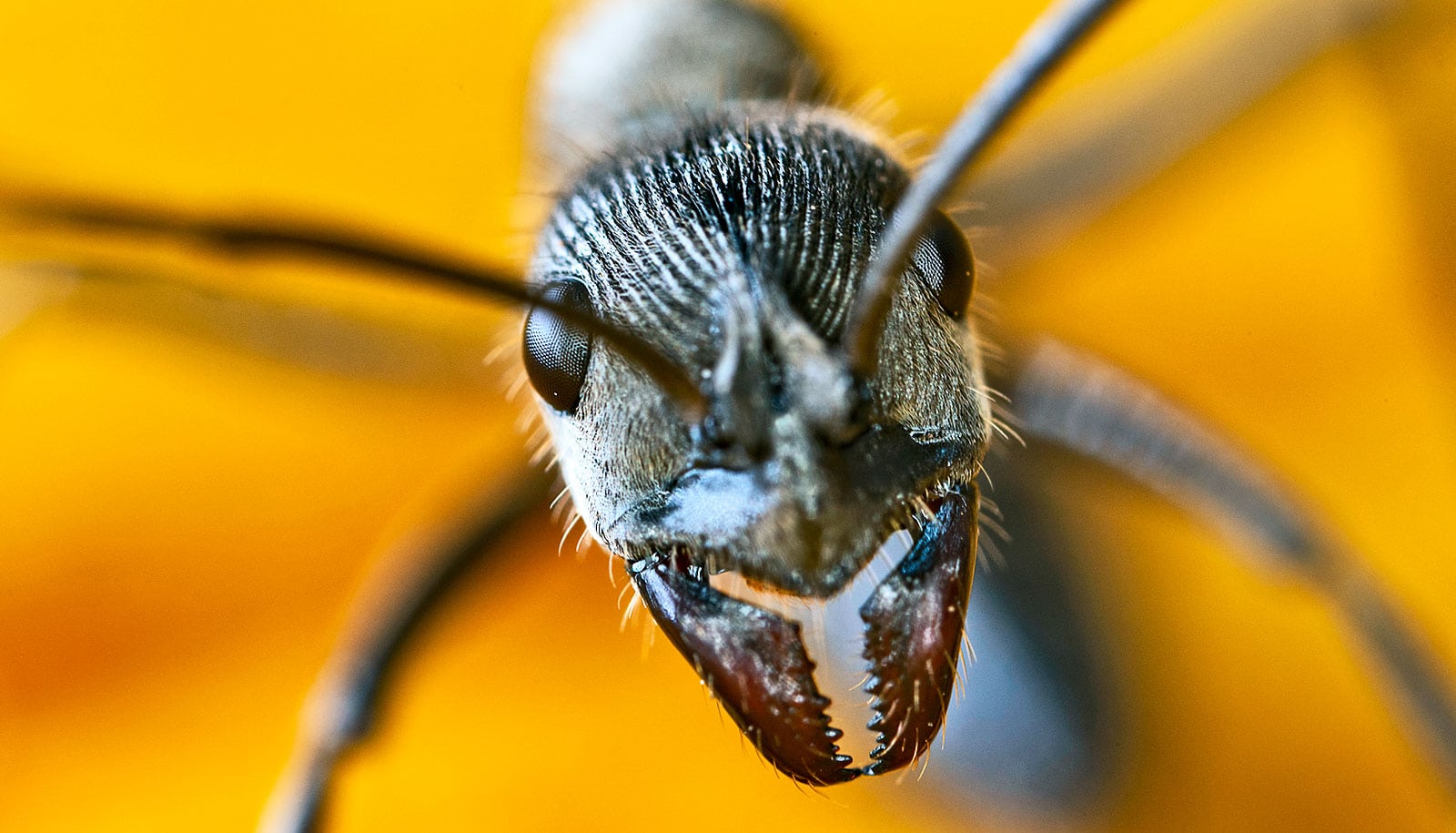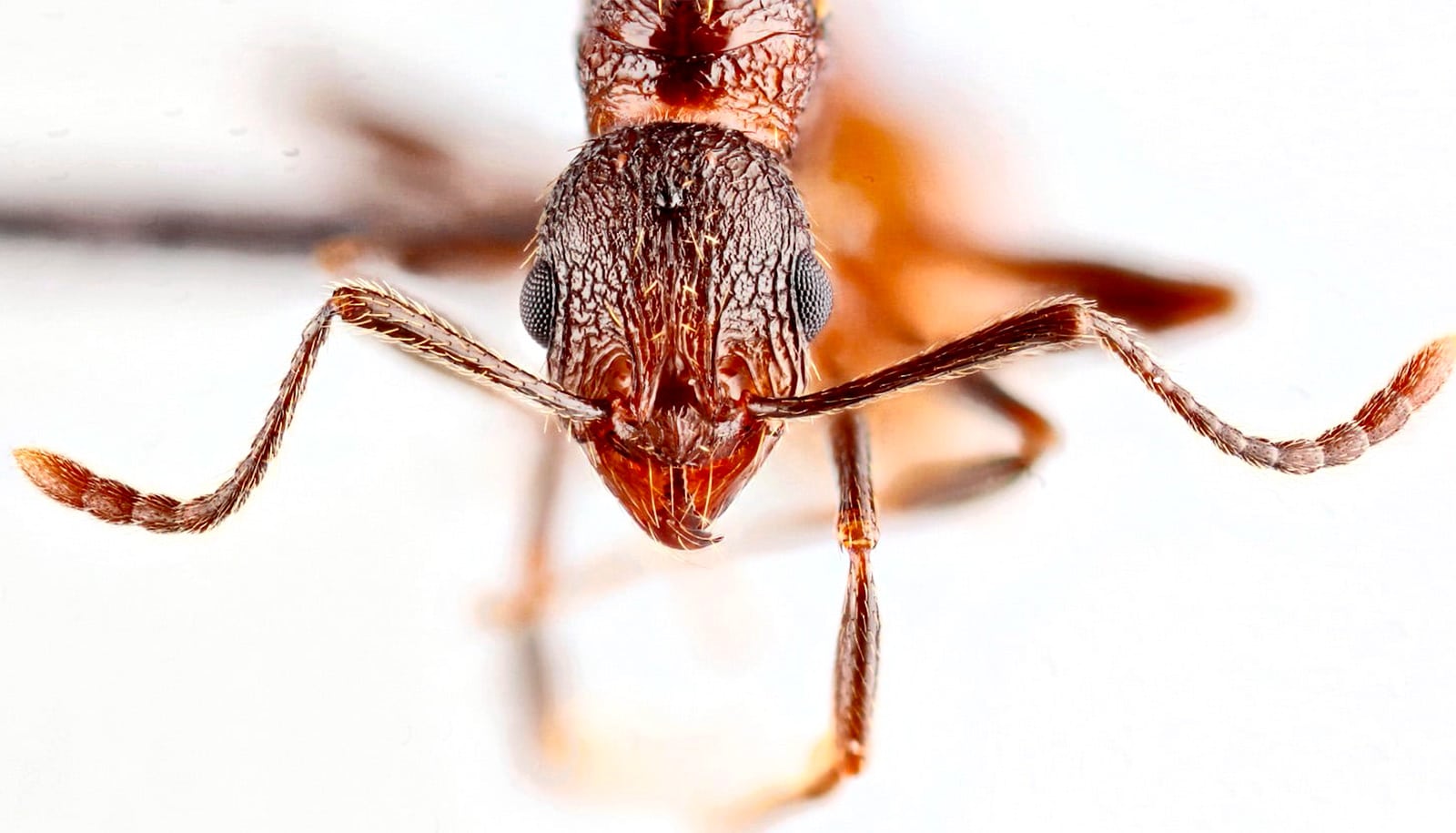Survival strategies used by fire ants, one of the most aggressive, territorial, and venomous ant species, may pave the way to revolutionize robotics, medicine, and engineering.
Fire ants survive floods by temporarily interlinking their legs to create a raft-like structure, allowing them to float collectively to safety as a unified colony and then releasing to resume their individual forms.
Drawing inspiration from this natural process, researchers discovered a method that allows synthetic materials to mimic the ants’ autonomous assembly, reconfiguration, and disassembly in response to environmental changes such as heat, light, or solvents.
For the study, published in Nature Materials, researchers used shape-changing polymer ribbons that can self-assemble, change their volume, and dissemble as needed by using responsive hydrogels, liquid crystal elastomers, or semicrystalline polymers that can bend or twist.
As an undergraduate student, Taylor Ware, now an associate professor in the departments of biomedical engineering and materials science and engineering at Texas A&M University, became captivated by an article about ants. Already interested in materials and research, the discovery that fire ants use ingenious survival strategies during floods sparked his sense of wonder.
“We tend to focus on mimicking the really wonderful things in nature—like butterfly wings. But it’s also maybe worth mimicking some of the things that we don’t find so interesting in nature, that are still wonderfully useful, like the behaviors of fire ants,” he says. “It’s nice to mimic things that are really impressive even if they’re not so loved. You can learn a lot from creatures like that.”
This method allows for creating and manipulating structures in challenging environments, like the human body, without invasive procedures. By using responsive hydrogels, liquid crystal elastomers or semicrystalline polymer ribbons that bend and twist, a solid biomaterial can disassemble into a form that moves like a liquid for injection and then reassemble once it’s in place.
“We already have materials that could change in form, but we thought it would be really cool if many individual particles of materials could work together to form structures like ants do,” Ware says.
“You can see in nature documentaries that ants form bridges, rafts, and other things, but what’s also important is they can let go and go back to being an ant. The reversible shape change of the responsive polymers enables similar behavior in purely synthetic systems.”
Future applied research projects include using injectable biomaterials to help heal tissue. Still, fundamentally, Ware says the team is interested in mimicking behaviors seen in other animal swarms and understanding what happens if the particles can be made to swim before or during their entanglement.
Additional coauthors are from Texas A&M, Carnegie Mellon University, the University of Colorado in Boulder.
The National Science Foundation, the Army Research Office, and the President’s Excellence Fund from Texas A&M funded the work.
Source: Bailey Noah for Texas A&M University


